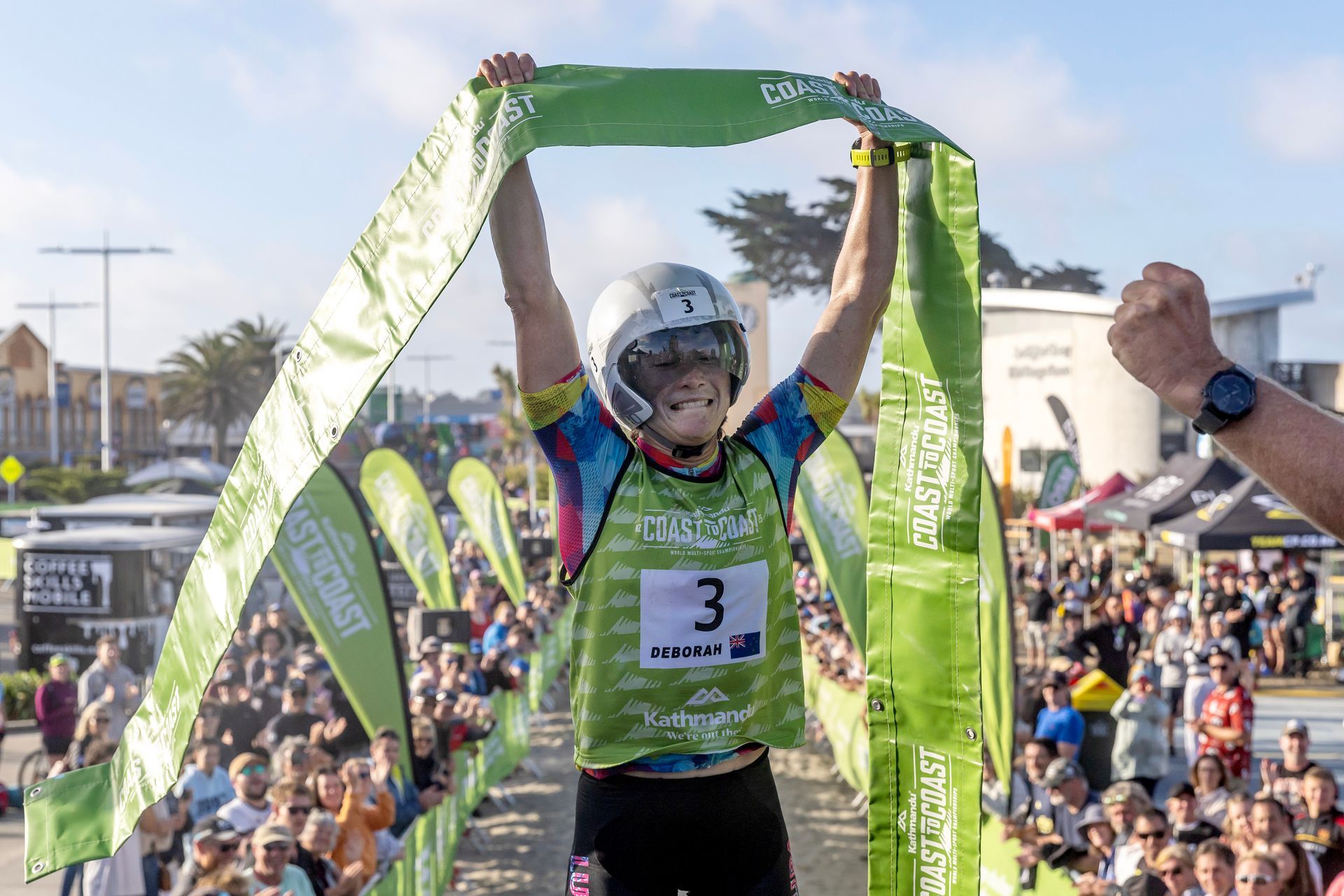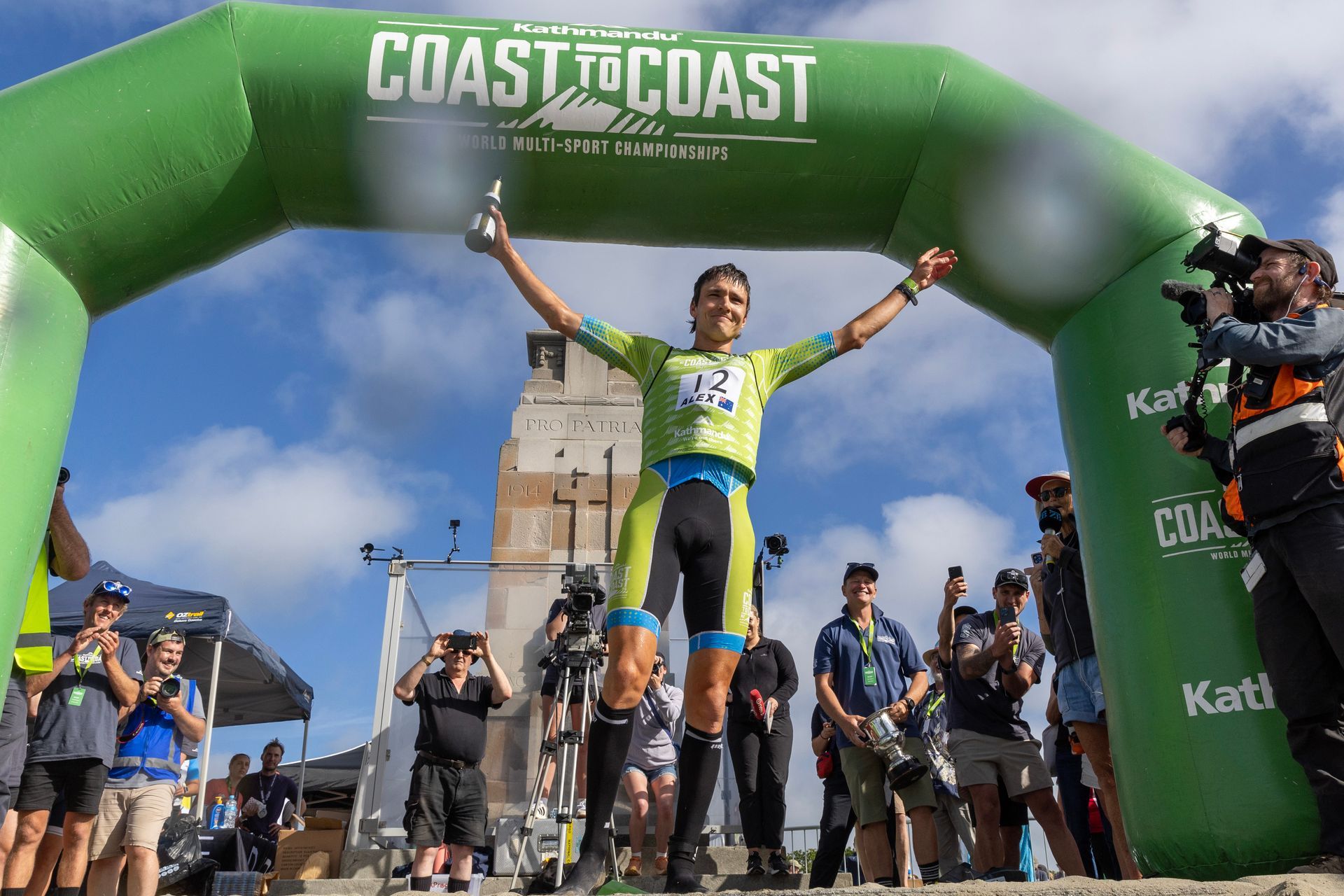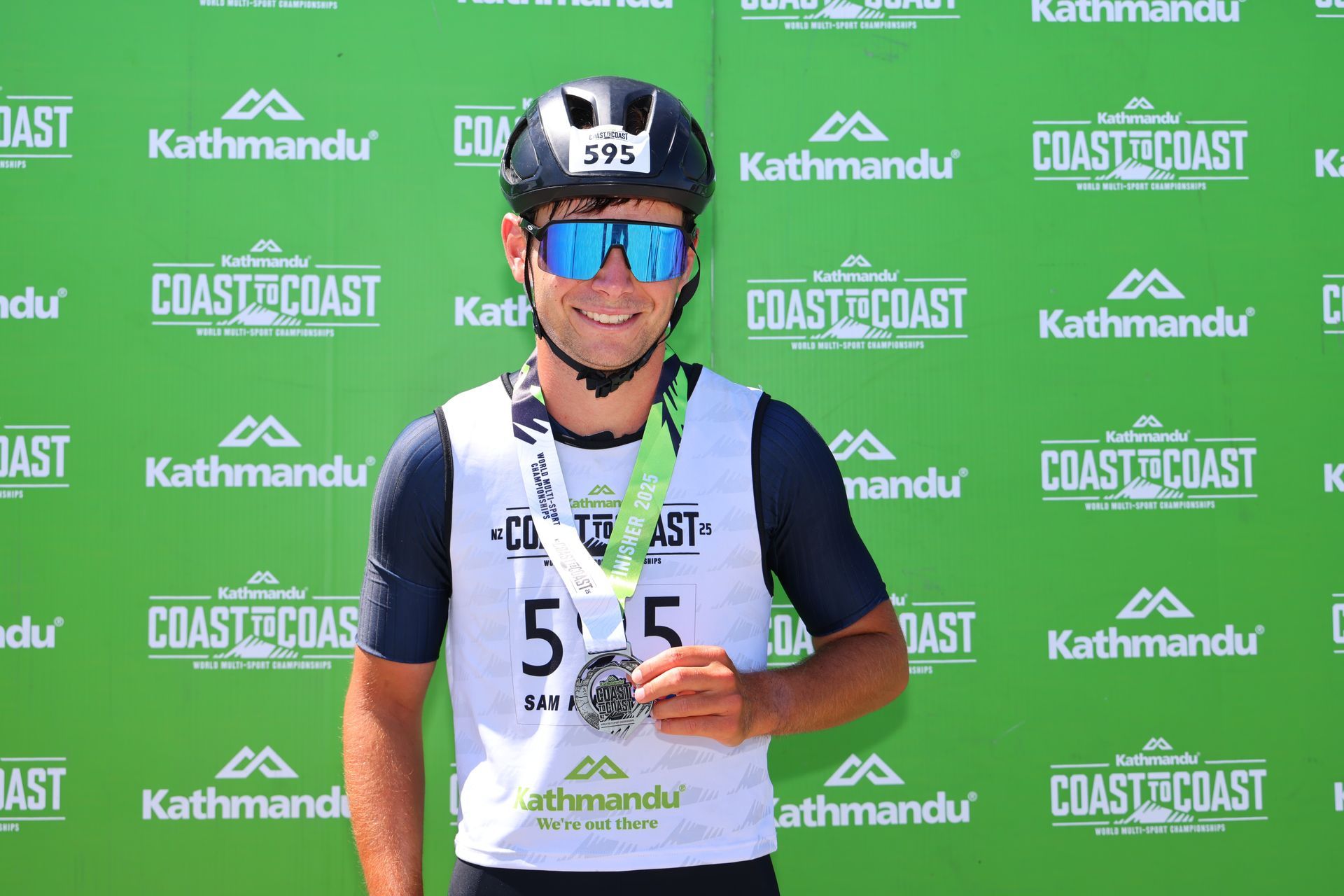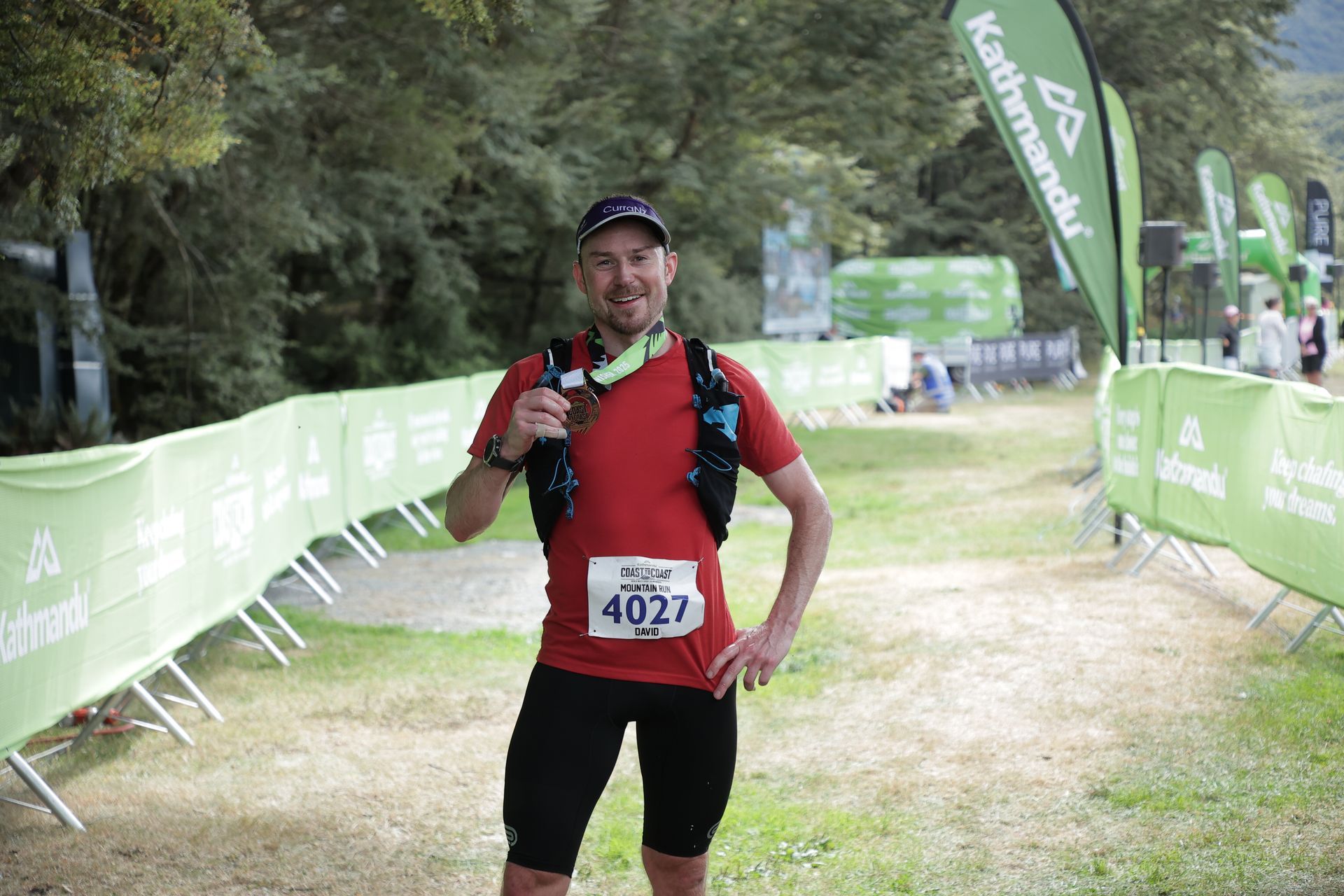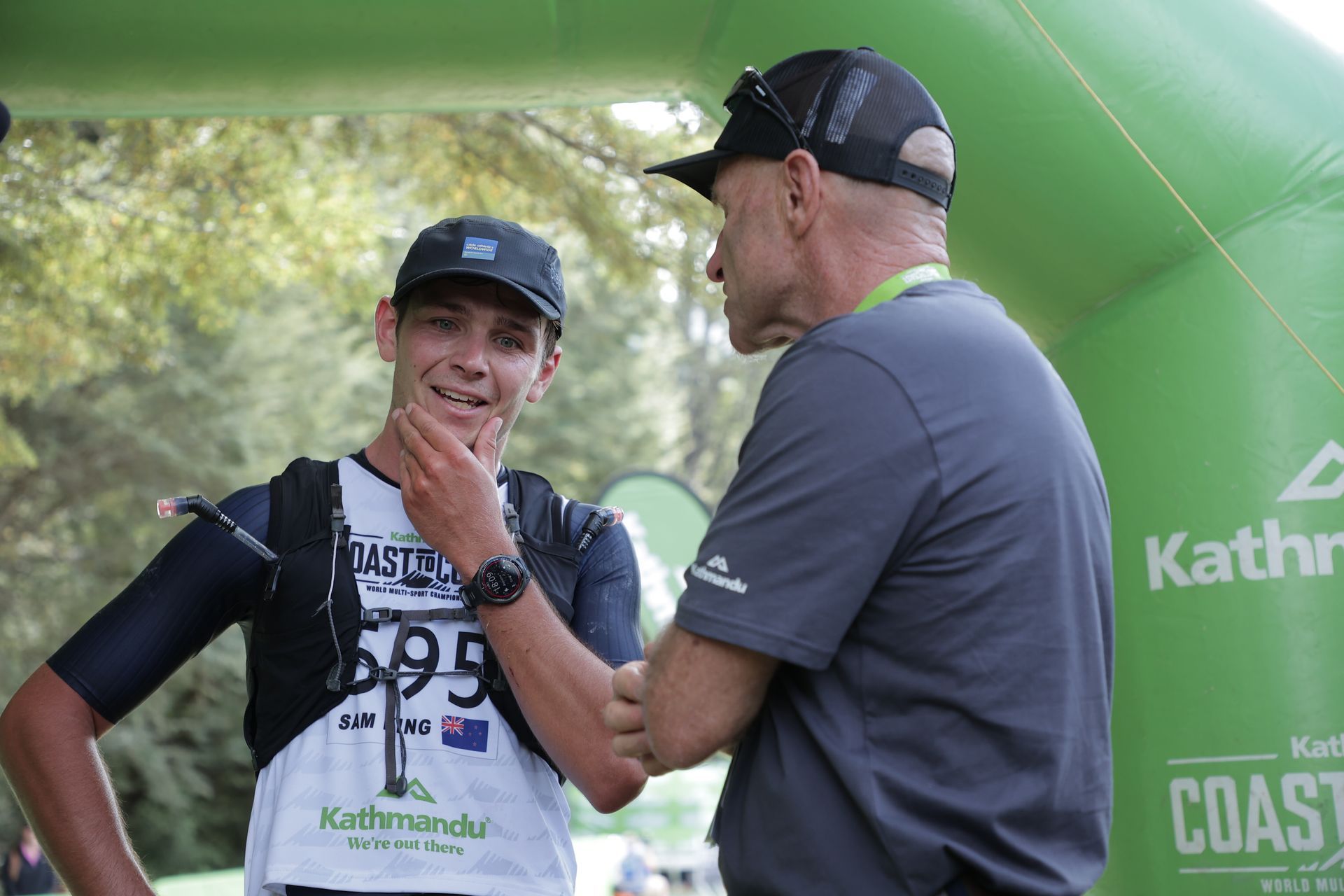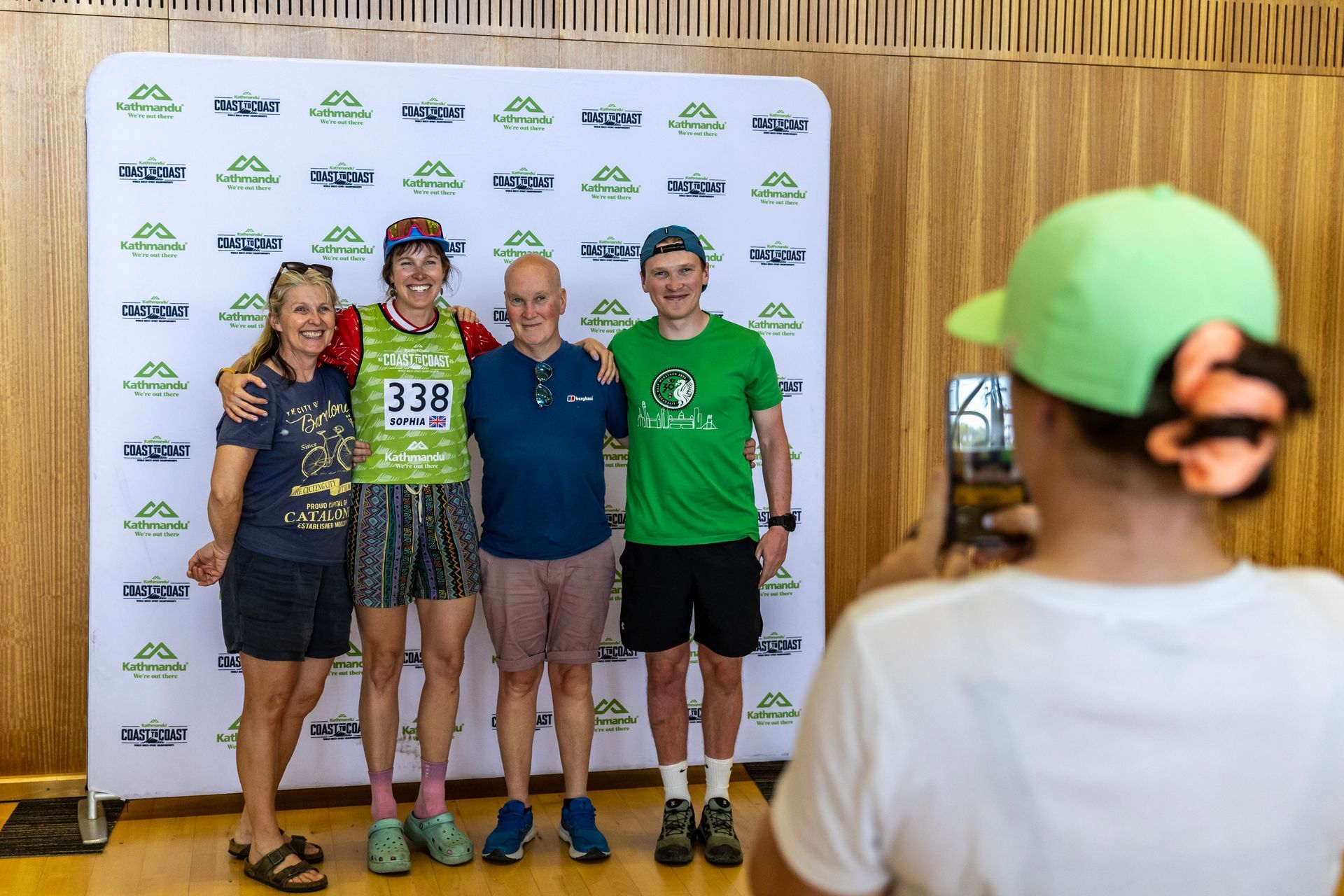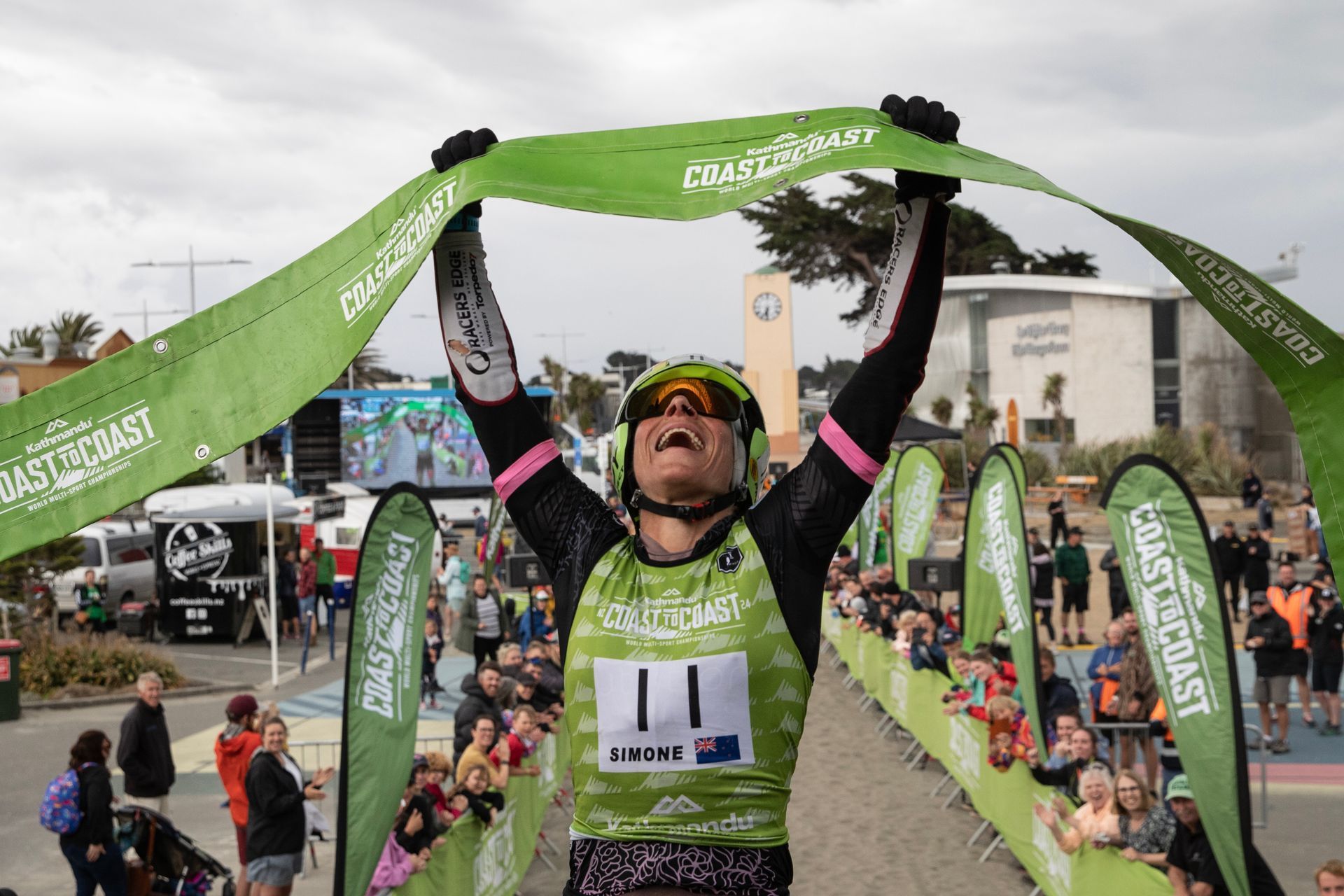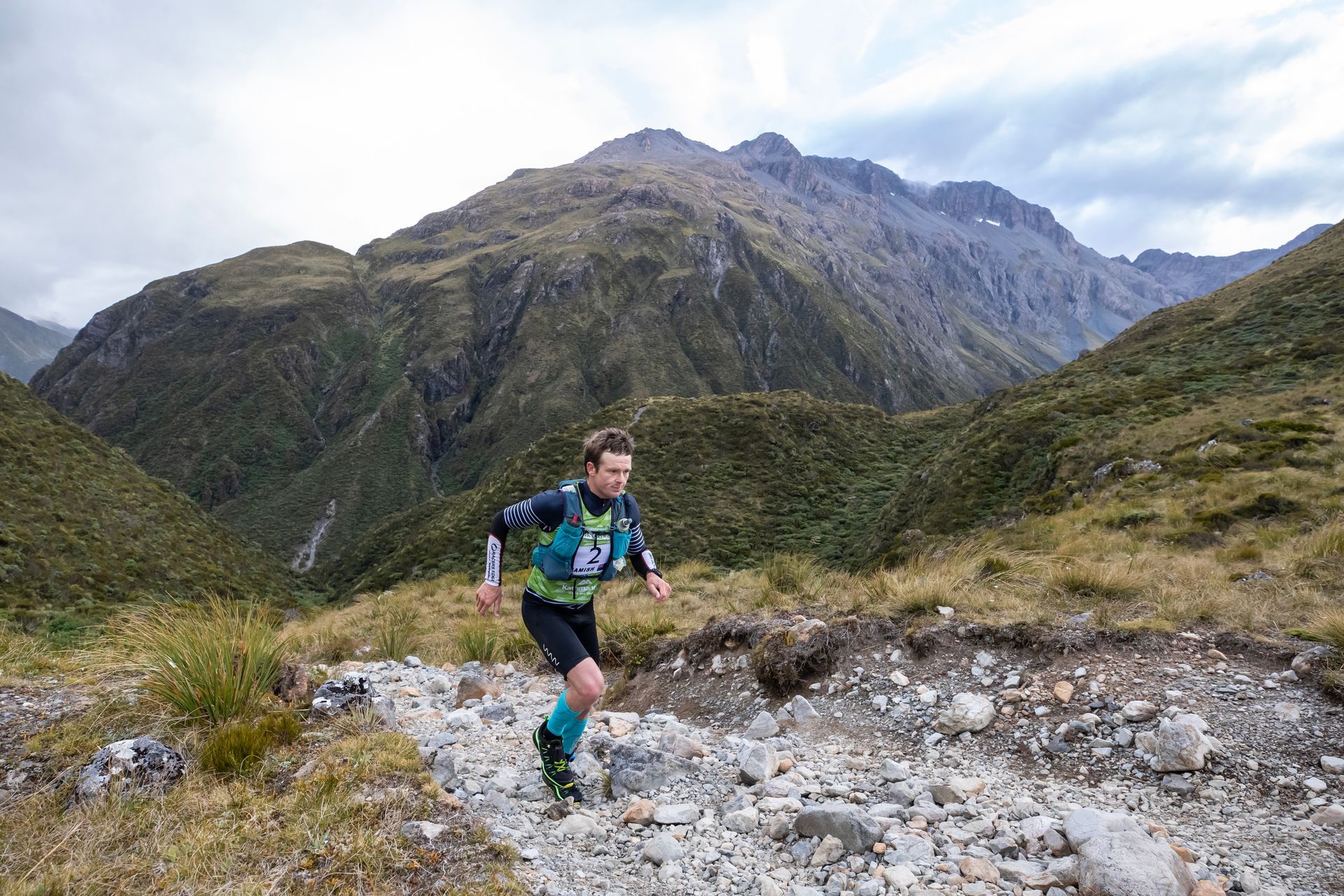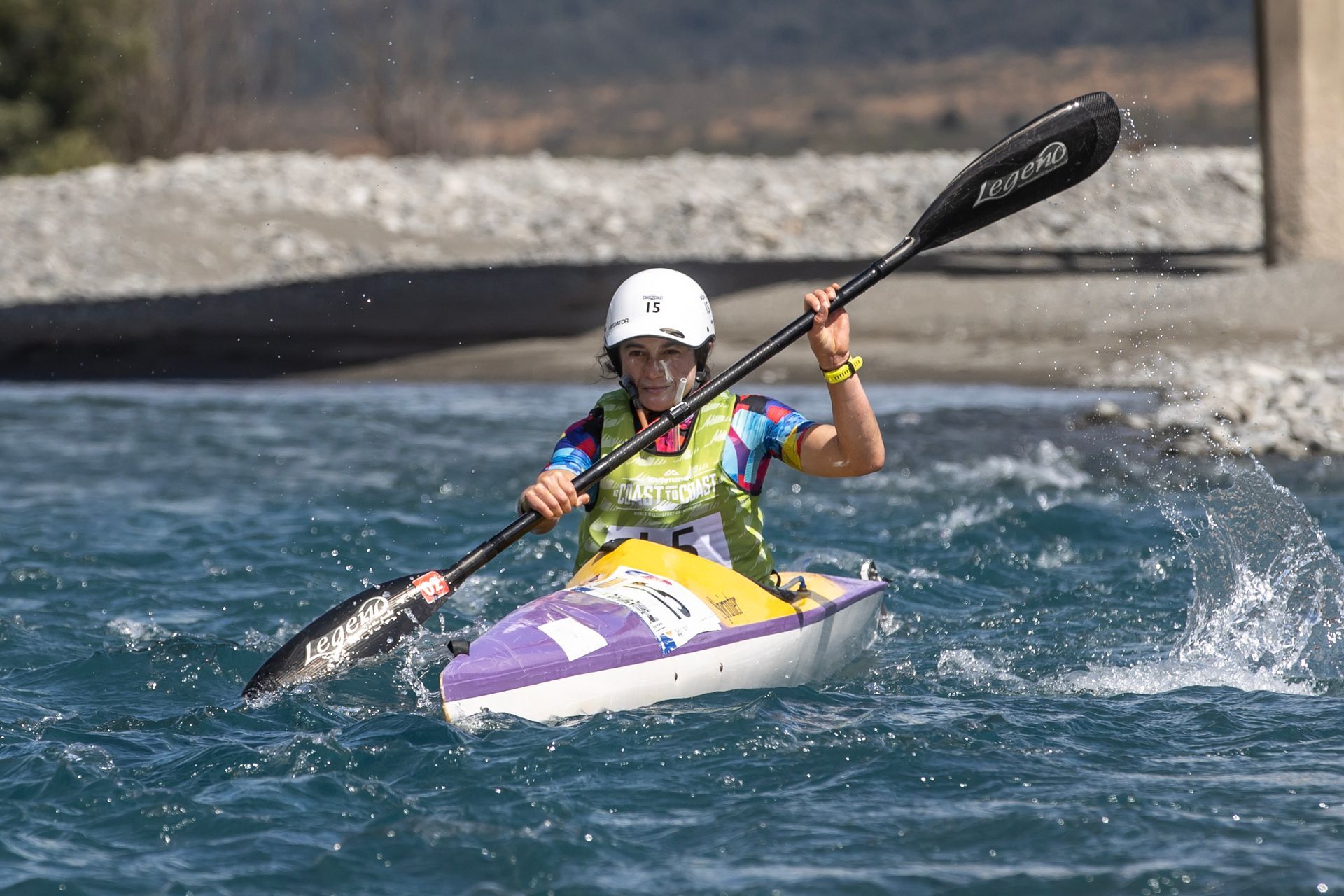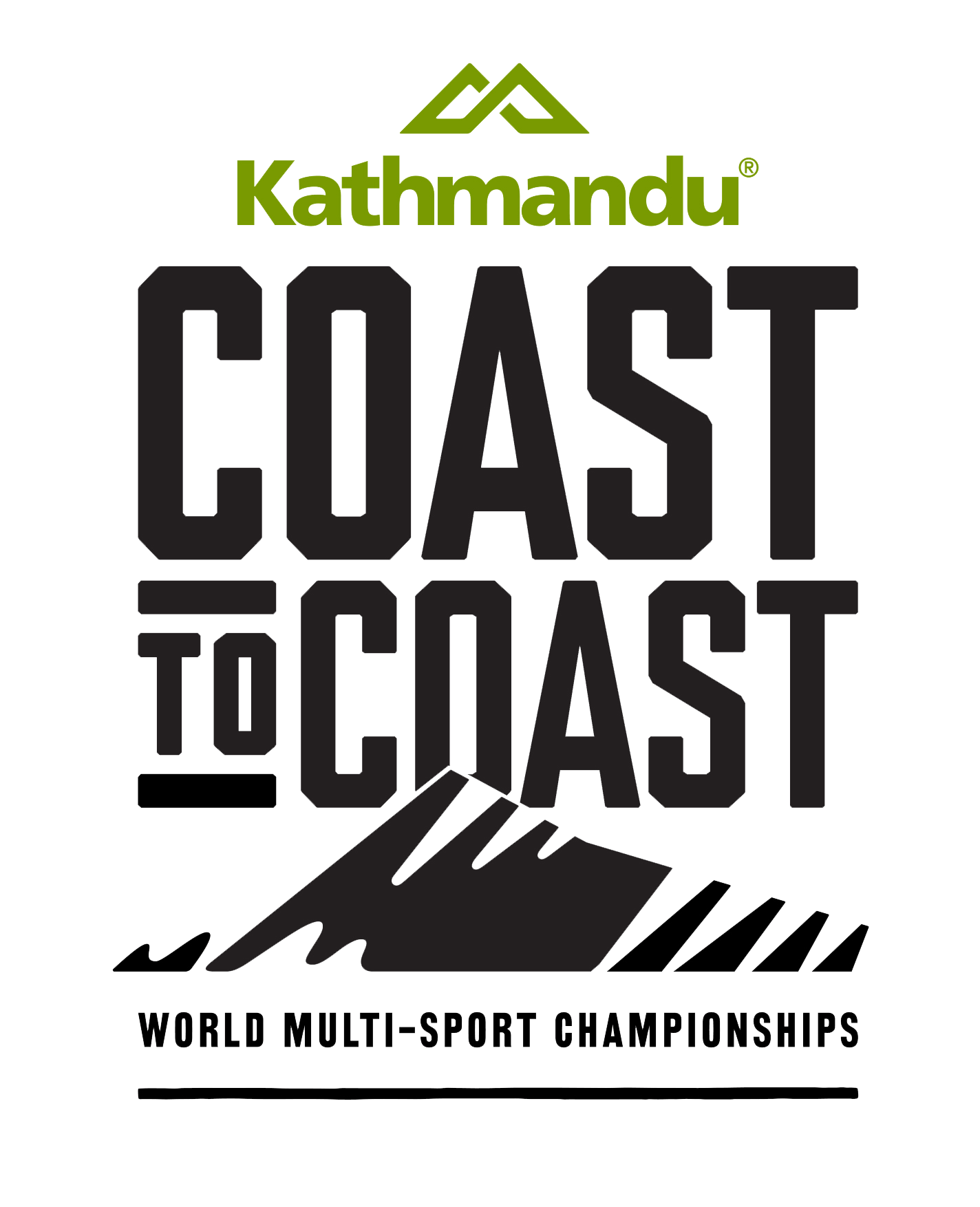Exciting challenges attracts international competitors
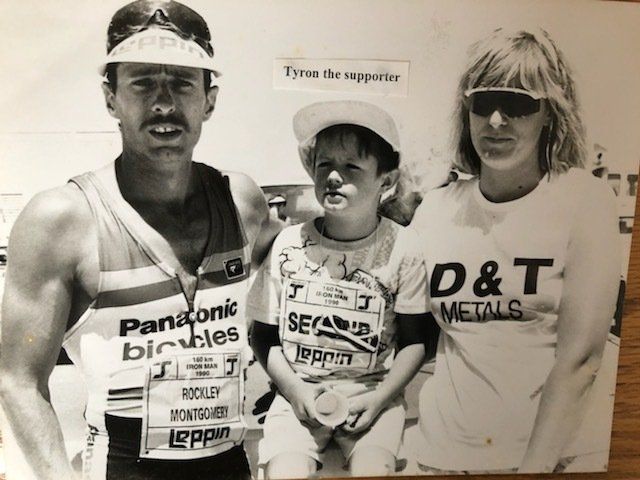
No doubt Multisporters will be amping for the months ahead after the weather wreaked havoc last summer. With the 2022 two-day race cancelled and the one-day event rejigged, everyone who was locked and loaded will be desperate to get back onto the course-proper in the 2023 race to finally test that well-built fitness.
Given the nature of the beast, it’s remarkable that 1992 and 2010 are the only other years when the weather has forced (one day) course tweaking’s, although in 2004, then Race Director Robin Judkins made the call to adjust the cut-off times out of the mountain run. The worsening conditions meant a great many didn’t make it onto the river, but the events stringent safety rules and decisions meant everyone made it home safely to their families. The two-day race in 2020 also ran over Arthur’s Pass rather than Goat Pass.
Many of the current competitors weren’t even born when the 1992 race stormed out off Kumara Beach. Elton John and George Michael were top of the charts with Don’t Let the Sun Go Down on Me, Jim Bolger was Prime Minister, and Nelson Mandela was not long out of prison, but still a couple of years away from being elected South African President.
Steve Gurney had won the first two of his nine Longest Day titles and had earlier fought out some epic battles with Australia’s John Jacoby. Those battles captured the public’s imagination and had drawn many into the sport. “Goon” was undoubtedly the men’s favourite heading into 92, while the incomparable Kathy Lynch who had massacred the women’s course record the previous year looked unstoppable.
Naivety probably prevented the 1984 race being adjusted. It was only year two of the Coast To Coast, but by 92, the stakes were much higher with bigger fields and a much greater profile for the event. Judkins projected the image of a high octane- high altitude Mad Professor, but underneath the zaniness lay a conservative and admirable safety plan that has laid a solid foundation for the event’s long term viability.
30 years on, memories are a little vague and sometimes conflicting. However one thing not in dispute was the weather. Over 120mls of rain poured down in a four hour period, creating carnage for day one of the two race. It was a no brainer that the kayak leg was not going happen- the jet boats couldn’t get on the water. Robin Judkins also pulled the pin on the mountain run for the one-day competitors.
The race started later in the morning as traffic management and marshalling adjustments were made- remember that these were pre internet days, and Maxwell Smart’s shoe phone/cell phone was still a long way off becoming something everyone had. Getting the messages to athletes, support crews and officials wasn’t easy. So, what transpired was a ride to the Deception Footbridge, a run up and over Arthur’s Pass to Klondyke Corner, and a 160-kilometre ride to Sumner Beach. Ow!
In the women’s race, people were still learning just what a fiercely strong competitor Kathy Lynch was. The poor conditions seemed to matter not a jot, and some have suggested that she would’ve even been happier if a volcanic eruption could’ve been thrown into the mix as well.
It was a different story for the blokes. 1987 Longest Day winner Russell Prince was a real off road- back country mountain man. Two-time defending champion Steve Gurney was his usual micro prepped self and had every section of the race mapped out in his head. Keeping the boats out of the water, running on the roads, and extending the final cycle naturally enough were not features that they had factored into their planning.
But then neither had South Africa’s Rockley Montgomery. To be fair, the then 33-year-old triathlete and multisporter really wasn’t sure what he was facing!
In the first decade of the event, the success of Australia’s John Jacoby lured many into thinking that when the internationals turned up, it was game on. Subsequent history has clearly shown we weren’t giving our local blokes the credit they deserved. A slightly different scenario for the women, with Canada’s Emily Miazga, Finland’s Elina Ussher, and Germany’s Simone Maier all soaking up plenty of titles, but those rock stars all live here, and we quite rightly claim them as kiwis. When South African Robin Owen crossed the line first at New Brighton in 2018, she was the first non-resident in the women’s field to do so.
Rockley Montgomery justifiably arrived with a big reputation. Born in Durban, his family moved to Johannesburg when he was at primary school. Like many kids in this country, he tried a range of sports, but middle-distance running proved to be his forte and he excelled in the 800, 1500 and 3000 metre events. Montgomery reflects on a very kiwi style approach to the sport: “my coach based everything on Arthur Lydiard’s philosophies, and all my heroes were the great New Zealand middle distance stars.”
When the school days were over, Montgomery headed to university on a sports scholarship and by his own description, sort of fell into teaching. But first there was a three-year stint in the South African Air Force- compulsory military training one of the rules for young people under the apartheid regime. “You had no choice in that matter- go to jail or do your service!”
In his early-mid-twenties, Montgomery was the perfect age for the burgeoning sport of triathlon with the Republic launching its own copycat version of the Hawaiian Ironman. “There were all sorts of things: biathlons, duathlons, quadrathlons- it just sort of fitted me perfectly.” In the early non-copyright days, South Africa actually had two Ironman. In Johannesburg, it was actually a Multisport race with a 30-kilometre kayak section instead of the swim. “The water was too cold for a swim, but it was a different story in Durban where a swim, bike, run Ironman was raced. “Montgomery was the dominant force and top of the pile in both versions of the sport.
There’s a perception that Montgomery wasn’t any great shakes in the boat, particularly in the white water, however his time in the military honed his kayaking skills in a range of different scenarios. “After the airforce, I got into a K1, but the sport being what it was there were many opportunities and found myself doing a lot of racing in Spain- sprint canoeing, down river racing. I pretty much got involved in everything.”
Everything included winning a European event called the Diamond Man. The event described itself as the world championship of kayaking, swimming, cycling, and running. “Over a couple of beers, one of the kiwis suggested I come down for the Coast to Coast because it’s the World Multisport Championship race. My manager got hold of Robin and that was that!”
Arriving in New Zealand and driving over to the West Coast, Montgomery wasn’t intimidated by the terrain, but the weather was a different story. Despite assurances from kiwis that it would be quite similar to the Republic, he was in for a shock, but then he wasn’t the only one. “On the day it was snowing and miserable and I don’t know what the temperature was, but it felt like minus 500!”
Just like the kiwi starters, Montgomery was also gutted by the course change. “I’d put in a huge amount of work in the boat that season to be able to do that long distance paddle and when it was canned it was sort of….Awww. My only cycling had been 40k stages in standard distance triathlons, so riding over Porters Pass was billmen hard. It was a long-long ride for me and actually bothered me more than the weather.”
To nobody’s surprise, Kathy Lynch prevailed in the women’s race, but the men’s event was fairly tight. Montgomery attacked on the first cycle and then spent the day holding on. He looked more like a Springbok blindside flanker than a stereotypical wiry kiwi multisporter as he stomped up and over Arthur’s Pass. He was never more than a minute or two ahead of the chasers, eventually arriving first onto Sumner Beach ahead of the accomplished adventure racer Jeff Mitchell, with Gurney third and Russell Prince fourth.
As defending champion, Montgomery came back in 1993 relishing the chance to race on the course proper crossing the line in a respectable tenth overall. “I was sort of over the hill by the time I raced Coast to Coast the first time. I didn’t have a big build-up here for the race in 93 so didn’t really know the lines to take through the mountain run.” Despite a respectable 3-hour 17 run Montgomery found himself trailing the likes of Gurney and Jacoby by 20 minutes at Klondyke Corner. “After that I thought there’s no way I’m going to hurt myself now and I’ll just enjoy the river.”

